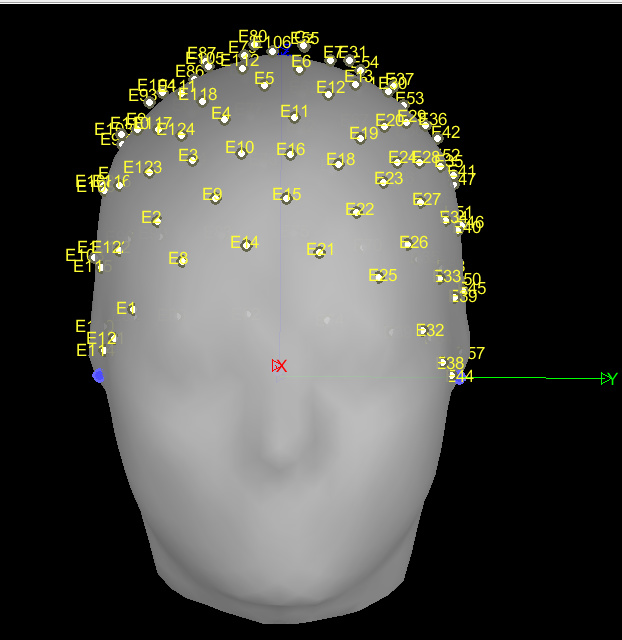

Journal of Computer Science and Technology, 2010, 25(2): 274–297Ĭhen T, Yang Z, Liu Y H, Guo D K, Luo X S. Location, localization, and localizability. In: Proceedings of International Conference on Indoor Positioning and Indoor Navigation. A survey of experimental evaluation in indoor localization research. Mobile Information Systems, 2016, 2016: 4041291Īdler S, Schmitt S, Wolter K, Kyas M. A survey of crowd sensing opportunistic signals for indoor localization. Pei L, Zhang M, Zou D P, Chen R Z, Chen Y W. Mobility increases localizability: a survey on wireless indoor localization using inertial sensors. Yang Z, Wu C S, Zhou Z M, Zhang X L, Wang X, Liu Y H. From RSSI to CSI: indoor localization via channel response. In: Proceedings of the 34th IEEE International Conference on Distributed Systems. Nom-Loc: Calibration-free indoor localization with nomadic access points. Xiao J, Yi Y W, Wang L, Li H C, Zhou Z M, Wu K S, Ni L M. In: Proceedings of the 20th ACM Annual International Conference on Mobile Computing and Networking. Accurate indoor localization with zero start-up cost. Wu K S, Li H C, Wang L, Yi Y W, Liu Y H, Chen D H, Luo X N, Zhang Q, Ni L M.


IEEE Transactions on Wireless Communications, 2010, 9(3): 1120–1127 Indoor localization with channel impulse response based fingerprint and nonparametric regression. Boston, MA: Addison-Wesley Longman Publishing Co., Inc., 1998 LANDMARC: indoor location sensing using active RFID.

In: Proceedings of the 23rd IEEE Annual Joint Conference of the IEEE Computer and Communications Societies. A system for LEASE: location estimation assisted by stationary emitters for indoor RF wireless networks. Krishnan P, Krishnakumar A S, Ju W H, Mallows C, Gamt S N. In: Proceedings of the 15th ACM International Conference on Multimedia. Aging in place: fall detection and localization in a distributed smart camera network. In: Proceedings of the 6th ACM Annual International Conference on Mobile Computing and Networking. Priyantha N B, Chakraborty A, Balakrishnan H. A new location technique for the active office. The anatomy of a context-aware application. Harter A, Hopper A, Steggles P,Ward A, Webster P. ACM Transactions on Information Systems, 1992, 10(1): 91–102 Furthermore, considering multiple different outputs from different signals, we present significant insights to integrate them together, to achieve localizability in different scenarios. Next, we study the mainstream signals involved in indoor localization approaches in terms of their characteristics and typical usages. Specifically, we first present a three-layer framework for crowdsourcing-based indoor localization by integrating-multiple signals, and illustrate the basic methodology for making use of the available signals. In this article, we survey the new trend of integrating multiple chaotic signals to facilitate the creation of a crowd-sourced localization system. One type of noisy signal complemented by another type of signal can benefit the wireless indoor localization in many ways, since these signals are related in their physics and independent in noise. The physical measurements of these signals, however, are still limited by both the resolution of devices and the spatial-temporal variability of the signals. Various available indoor signals, including radio frequency, ambient, visual, and motion signals, are extensively exploited for location estimation in indoor environments. Wireless indoor localization has attracted growing research interest in the mobile computing community for the last decade.


 0 kommentar(er)
0 kommentar(er)
